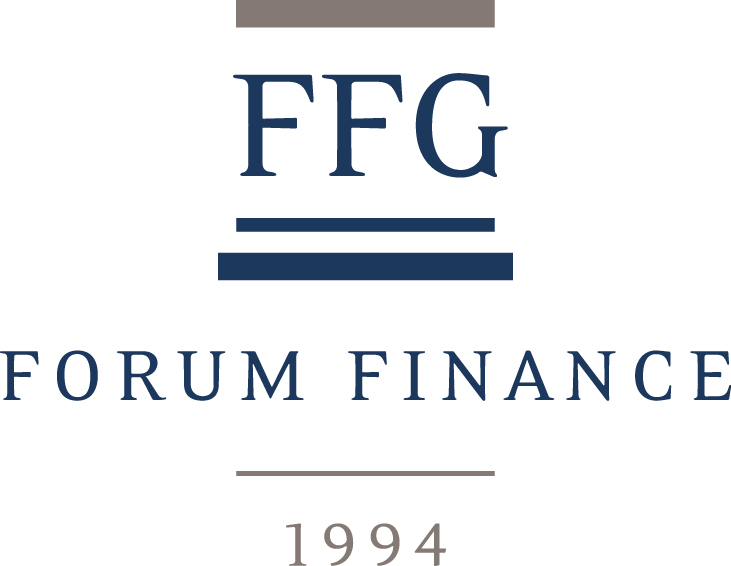Newsletter | August 2024
European Central Bank (ECB) left its benchmark interest rates unchanged
10.2% THE PERFORMANCE OF THE RUSSELL 2000
Investment perspective
July was a turbulent month, particularly in the second half, but marks a turning point in the relative performance of small and large caps. US indices ended the month in positive territory, with small caps posting a stellar 10.2% return, in contrast to the tech-heavy indices, which fell during the month. Global economic growth slowed slightly in July. At its current level (52.5 in July versus 52.9 in June), the global PMI is consistent with the global economy growing at an annualised rate of 2.8%, compared with an average growth rate of 3.1% in the pre-pandemic decade. In the US, inflation fell below 3% and was well below expectations, while the core personal consumption expenditure price index rose by a seasonally adjusted 0.1% in the month and was 2.6% higher than a year earlier. The US labour market continued to weaken, with the unemployment rate rising to 4.3%, although the labour force participation rate rose and job growth remained relatively stable. New and existing home sales fell in July, while median sales prices for existing homes reached another all-time high. The continuation of this disinflationary trend supported market expectations that the Fed would finally begin to ease policy at its September meeting. This welcome news on the inflation front helped US Treasury yields to fall sharply, with the middle of the curve posting the largest month-on-month declines. The bond indices all posted positive returns, with the long-dated government segments posting the best results thanks to the easing in the interest rate component of the bond markets. The US long-dated Treasury index gained 3.6%, its best month since the beginning of the year. After a difficult June, the European market performed in line with the US indices in July. However, dispersion was high across regions. The Swiss market (+2.7% in local currency) and the UK market (+2.5% in local currency) performed very well, while the Eurozone index continued to lag, rising 0.4% in local currency over the month. The performance of commodities was mixed. Gold rose by 5.2% while crude oil (WTI) fell by 4.5%.
Investment strategy
The market has become more confident that interest rates will fall soon, with the probability of a Federal Reserve rate cut in September rising from 72% to 92%. The acceleration in rate cuts should also be seen in the context of the target level of the interest rate at the end of the easing cycle, the so-called terminal rate. Here, too, expectations have fluctuated widely. After a trend of steady upward revisions since January, reaching a high of over 4.9% at the end of May, short-term interest rate expectations for January 2025 have fallen back to the level expected at the beginning of the year, i.e. an implied interest rate of 3.8%. This downward shift in expectations has been massive and contrasts with the consensus view of just a few weeks ago. This trend was exacerbated by the panic in global equity markets at the beginning of August. Are we witnessing a major shift in US economic expectations that, if confirmed in forthcoming data, will force the Federal Reserve to cut interest rates not in line with falling inflation, but as a matter of urgency to save the economy? Although we might have feared an increase in the risk of the slowdown scenario reappearing as likely, the macro data remain constructive overall, but the risk of exaggeration and reversal remains as high as ever.
Powell Suggested a Rate Cut Could Come in September, the Fed’s Next Meeting
Portfolio Activity/ News
The dramatic risk-off moves in recent days, such as the fall in global equity markets and digital assets (e.g. cryptos), remind us of the importance of a balanced position in our portfolios at this stage of the cycle. In fixed income, we have increased our exposure to government bonds to take advantage of the more accommodative monetary policy, but also as a hedge against a more pronounced economic slowdown. We are currently evaluating whether to continue the rebalancing of our bond portfolio, but we expect to be in a better position to do so in the coming months. In equities, we gradually became more cautious during the second quarter, reducing our equity allocation and favouring more defensive strategies such as long/short. We had no positions in Japanese equities and, until recently, were cautious on emerging markets. Our more diversified positioning should allow us to ride out this turbulent period with greater composure and take advantage of any opportunities that may arise in the event of an exaggeration. We are maintaining our current allocation as long as the technical levels of the uptrend remain intact. However, we are aware that the market’s momentum has slowed and this alone could justify a continuation of the adjustments we have made in recent months. If such a reversal were to occur, we would initially reduce our equity exposure and reduce our credit exposure in developed and emerging markets in favour of medium- and long-term government bonds.
